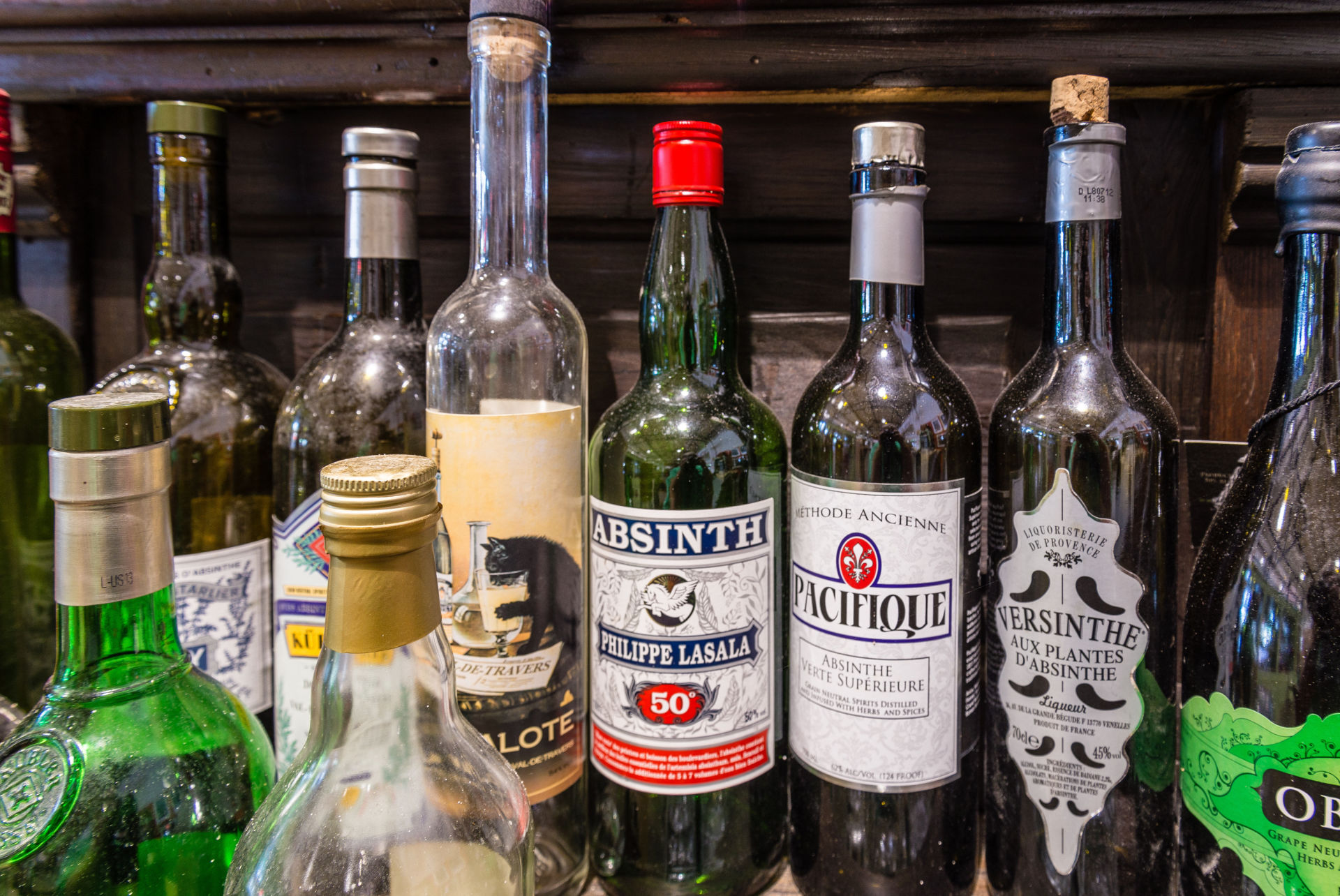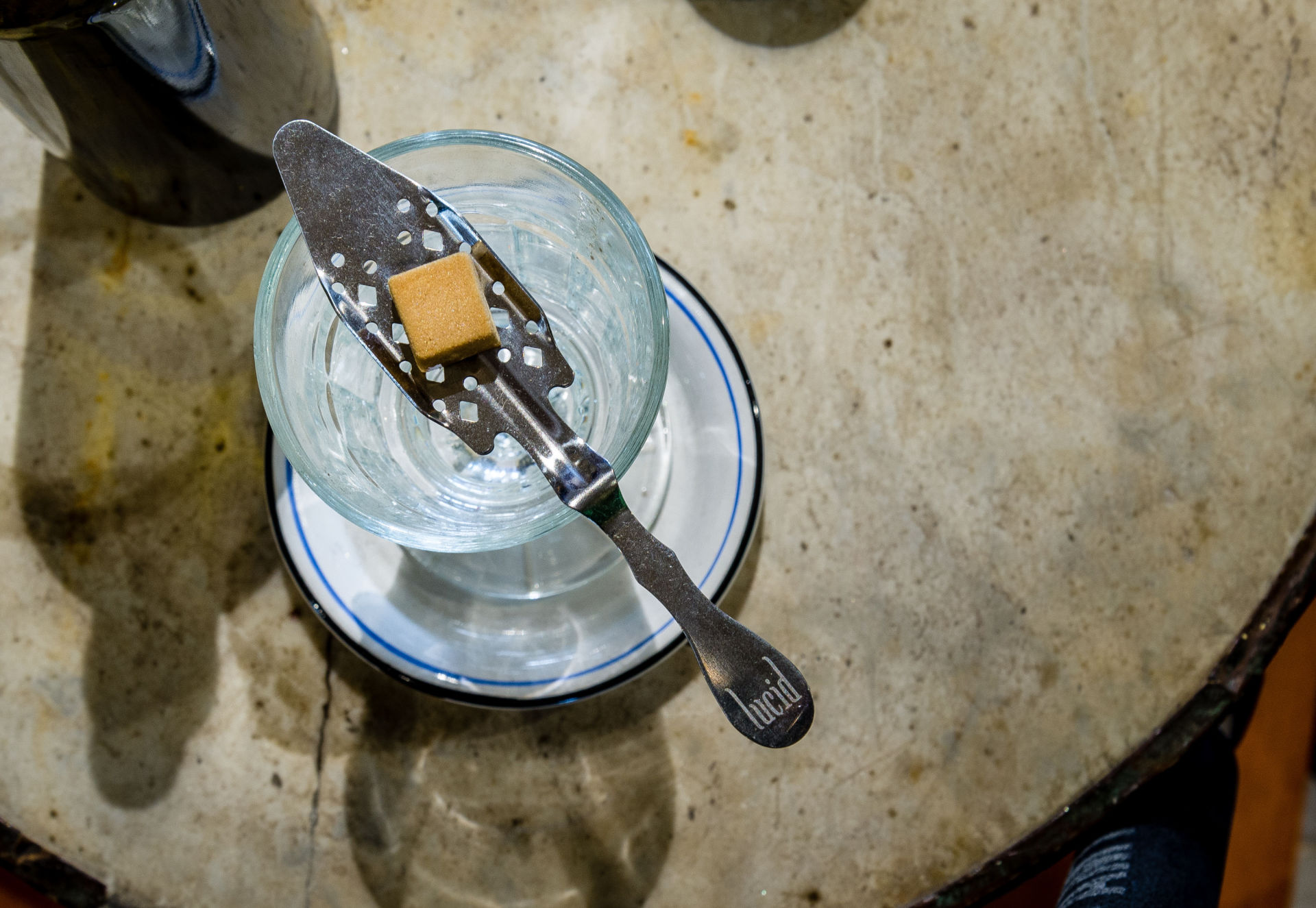
There's something romantic about absinthe — that naturally green liquor derived from wormwood and herbs like anise or fennel. Vincent Van Gogh and Oscar Wilde drank it. Henri de Toulouse-Lautrec and Pablo Picasso filled the glasses of cafe patrons with absinthe in their paintings. Absinthe was a drink of aesthetes.
Yet it was not art, but necessity that first helped popularize absinthe: It was included in the rations of French soldiers who marched off to colonize Algeria in the 1840s. As Betina Wittels and Robert Hermesch write in Absinthe: Sip of Seduction, French army doctors issued absinthe to soldiers "for the prevention of fevers and treatment of dysentery."
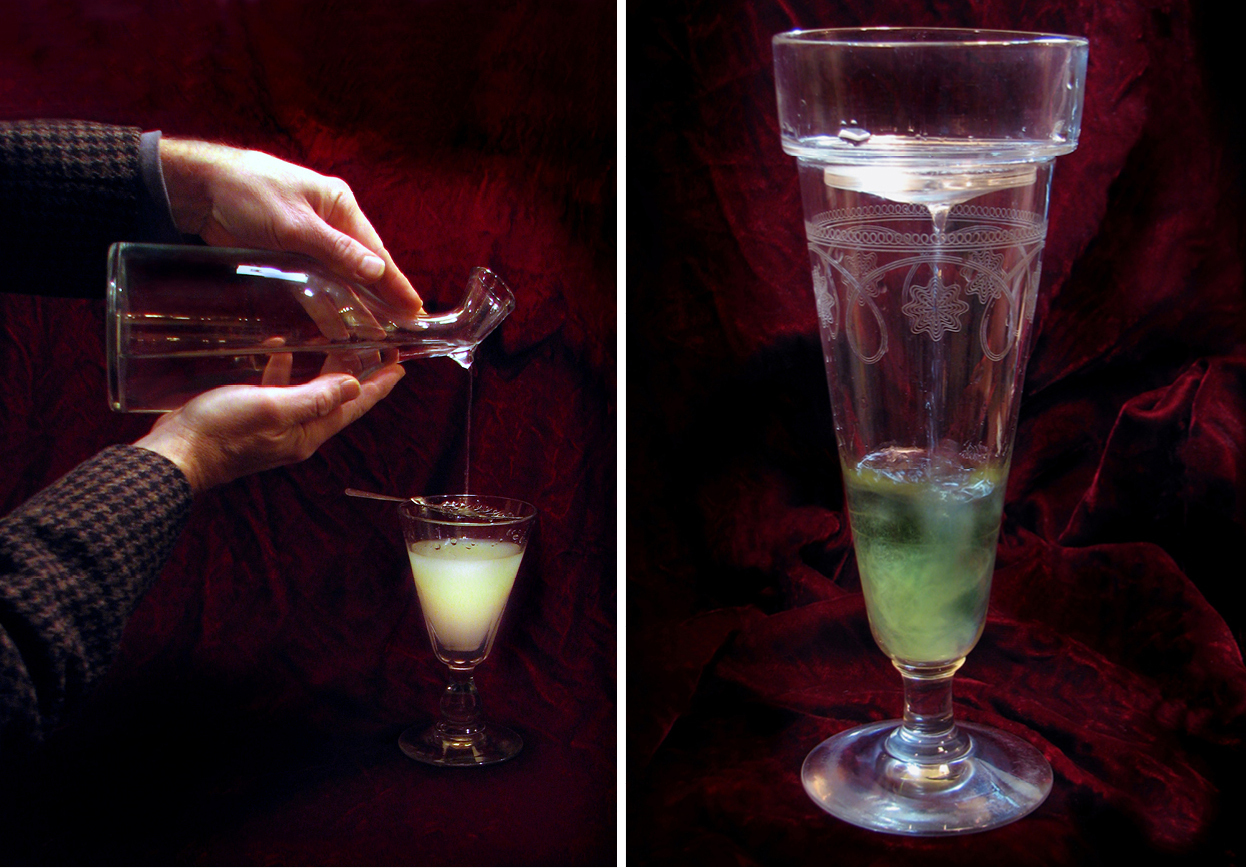
Soon, the soldiers were drinking the beverage for nonmedicinal purposes, too. Wittels and Hermesch write that it became a fashionable beverage in Algerian cafes and nightclubs, and when soldiers returned to France, they weren't ready to give the drink up. At the time, the French wine industry was collapsing owing to a vine-killing aphid called phylloxera that left wine in short supply. Absinthe was in the right place at the right time. But rather than simply substituting one alcohol for another, the French developed a ritual for drinking absinthe that gave rise to some of the greatest liquor paraphernalia — known as absinthiana — around.
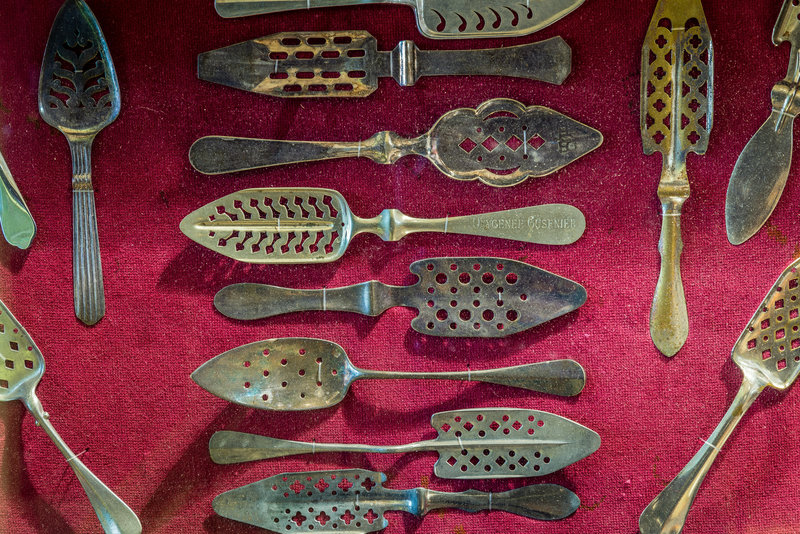
First, absinthe is mixed with cold water. Not only does this dilute a liquor that is often bottled at about 70 percent ABV, it also produces a cloudy effect called le louche (which can be roughly translated to "the clouding"). Le louche is a spectacle for the eyes, as the absinthe transforms from a deep green to a milky, iridescent shade. It is a bit of magic in a glass.
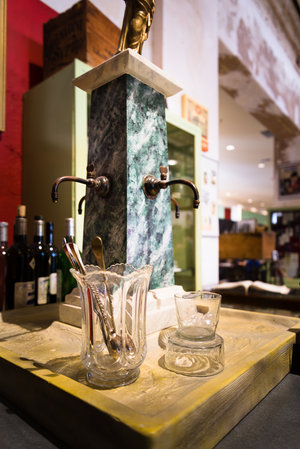
Le louche is also an example of a scientifically interesting phenomenon known as the "ouzo effect." Basically, when the water hits the absinthe, it releases the essential oils from the alcohol into the water, creating a spontaneous emulsion. So the drink becomes cloudy, and the effect sticks around a surprisingly long time.
